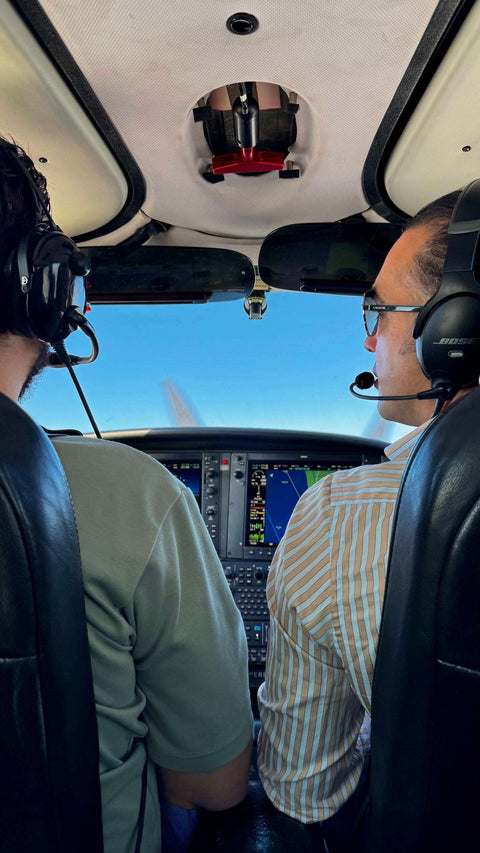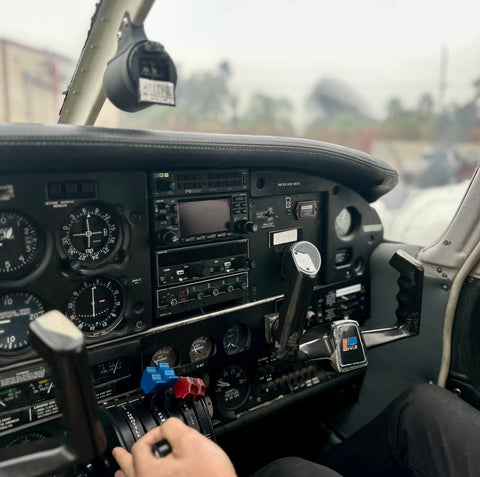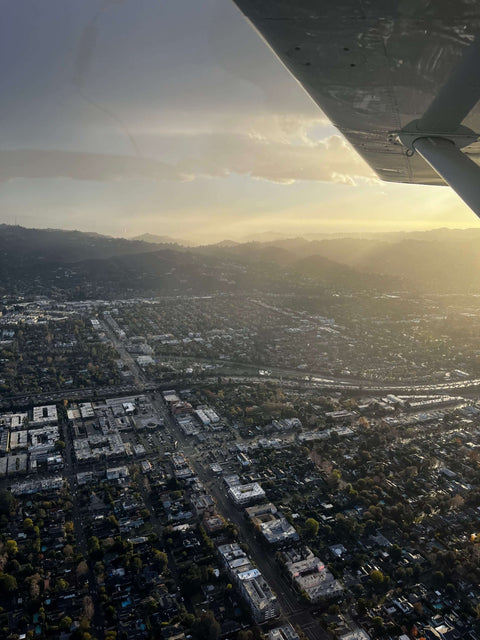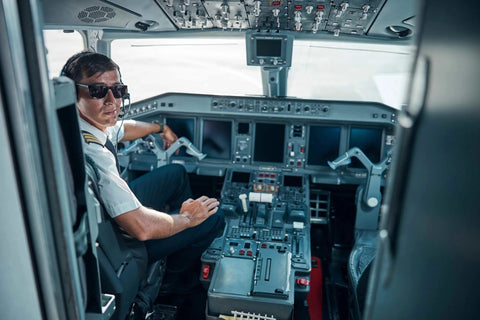Flight School Los Angeles

Are you dreaming of soaring through the skies and turning your passion for aviation into a career? Choosing the right flight school is a critical first step toward achieving your goals. With so many options available, selecting the best flight school for your needs can feel overwhelming.
In this guide, we’ll walk you through the key factors to consider when choosing a flight school so you can make an informed decision that sets you up for success.

Have you ever dreamed of soaring through the skies while getting paid to do what you love? If so, now is the perfect time to become a commercial pilot.
With the global pilot shortage expected to last through 2030, airlines are actively seeking new pilots to meet growing demand. The FAA estimates that approximately 14,500 new pilots will need to be hired annually in the U.S. alone. This shortage is primarily driven by a wave of retirements and the increasing need for air travel worldwide.
For aspiring aviators, this means job security, competitive salaries, and exciting career opportunities. But how do you become a commercial pilot? To begin flight training, aspiring commercial pilots must consider age requirements, complete ground school, accumulate flight hours, and pass both a knowledge test and a practical exam. What are the steps, costs, and time commitments involved?

If you’ve ever dreamed of becoming a pilot, you know there are medical requirements you need to meet before taking to the skies. One common concern among aspiring pilots is color blindness—but does having a color vision deficiency automatically disqualify you from becoming a color blind pilot?
The short answer is: not necessarily. While color vision is important in aviation, there are workarounds and alternative tests that may allow you to qualify for a pilot’s license. In this guide, we’ll explore how color blindness affects pilot eligibility, what the FAA (Federal Aviation Administration) requires, and what options are available if you have a color vision deficiency.

Los Angeles is a city known for its glitz, glamour, and endless opportunities. But beyond Hollywood and the entertainment industry, LA is also a major aviation hub, home to one of the busiest airports in the world—Los Angeles International Airport (LAX). With airlines constantly looking for new talent, many aspiring pilots wonder: Is it worth becoming an airline pilot in Los Angeles?
The short answer? Yes! But let’s break it down into the financial investment, career opportunities, and lifestyle that come with being a commercial airline pilot. Booking an intro flight is an essential first step for aspiring pilots, offering the chance to learn from experienced flight instructors and begin the journey towards various aviation certifications.

Training in Cirrus aircraft at Van Nuys Airport offers aspiring pilots advanced technology, top-tier safety features, and a supportive learning environment. Cirrus enhances accessibility to aircraft ownership, similar to premium car ownership, improving customer satisfaction. This article explores the benefits of training in Cirrus aircraft, focusing on safety and associated costs.

The aviation industry stands at a pivotal crossroads, facing an unprecedented pilot shortage that presents both challenges and remarkable opportunities. Following the COVID-19 pandemic, the recovery and growth of the airline industry have led to an expected increase in worldwide passenger traffic and a consequent demand for aircraft and pilots. As airlines and corporate flight departments grapple with this deficit, aspiring pilots are poised to embark on rewarding careers in a field eager for new talent. This comprehensive exploration delves into the factors contributing to the shortage, the burgeoning job prospects, and the enticing compensation packages awaiting those ready to take to the skies.
